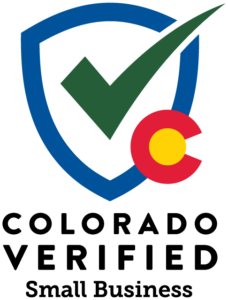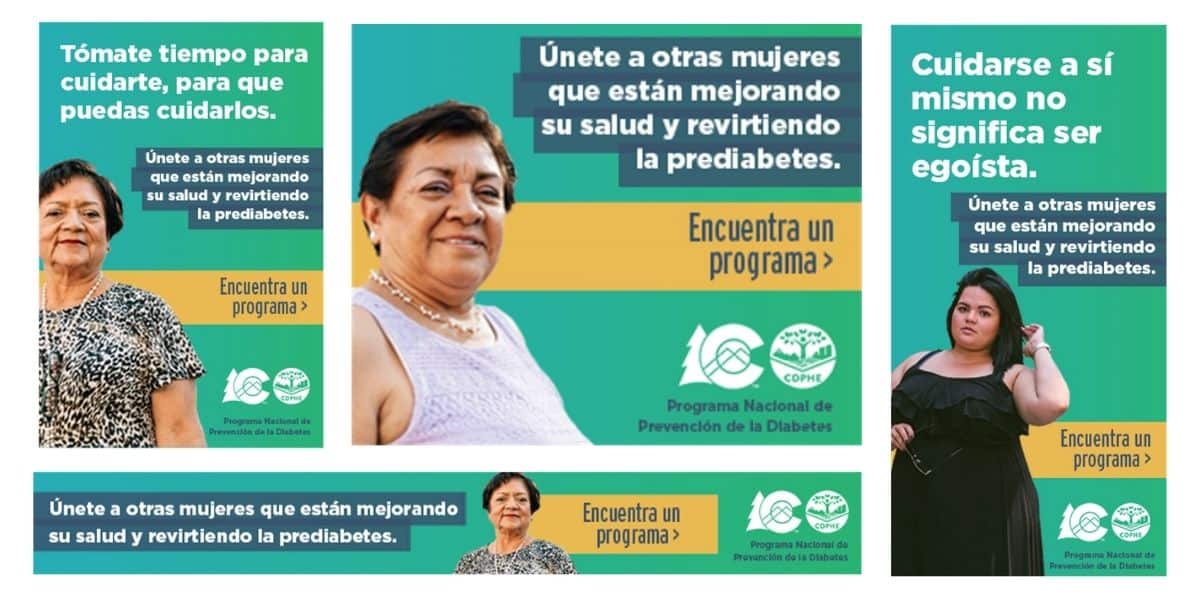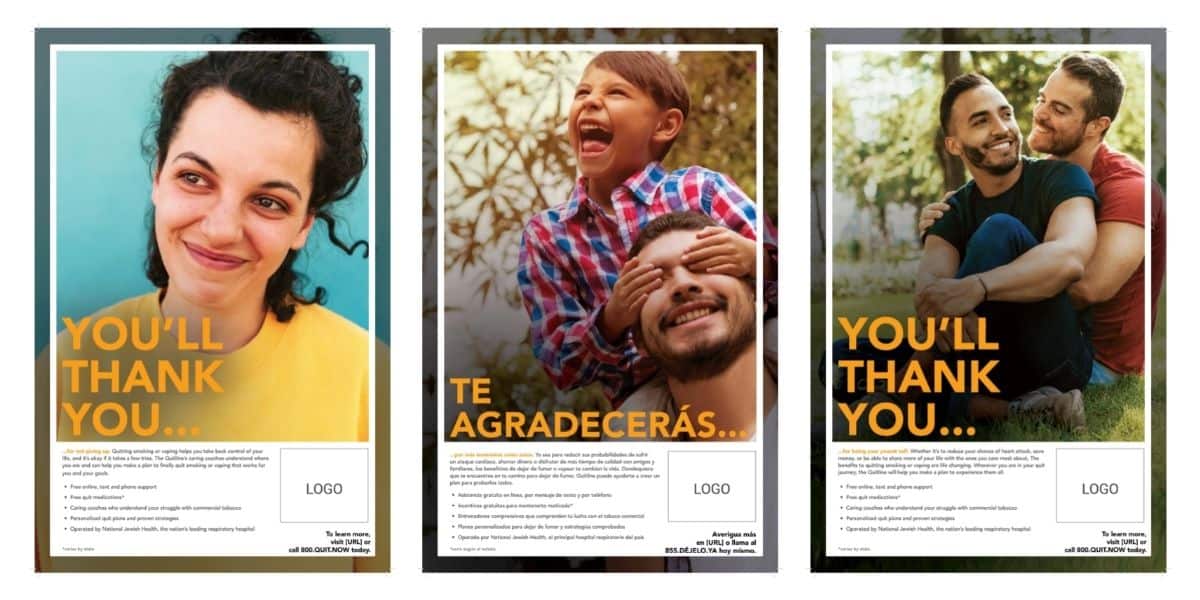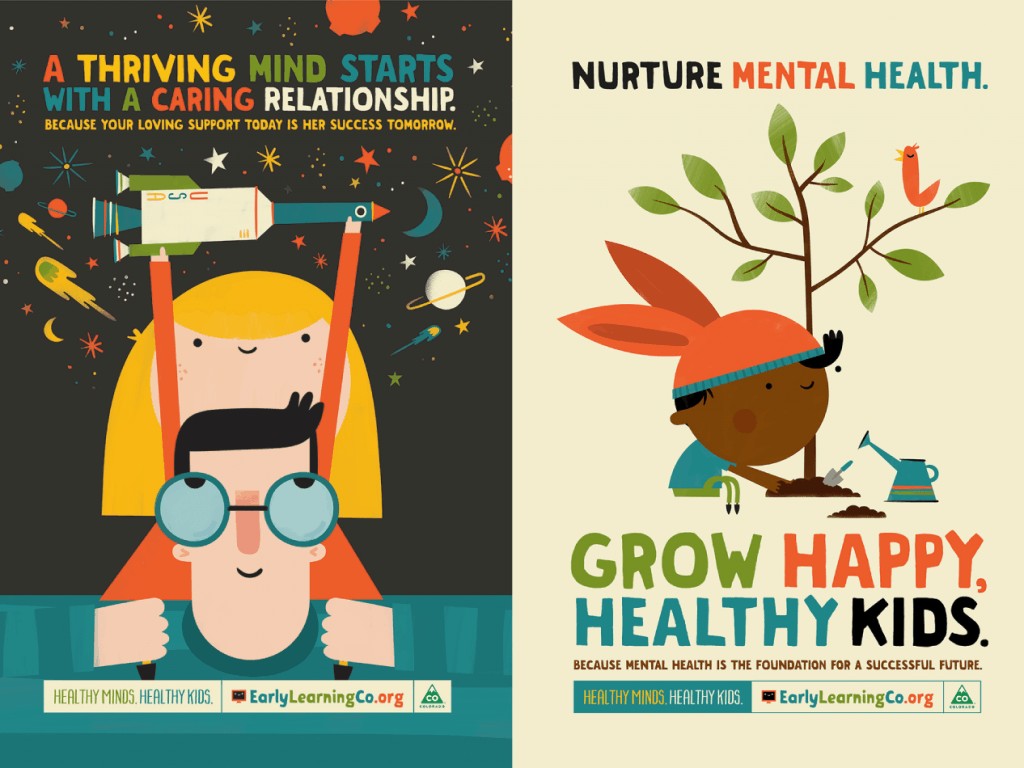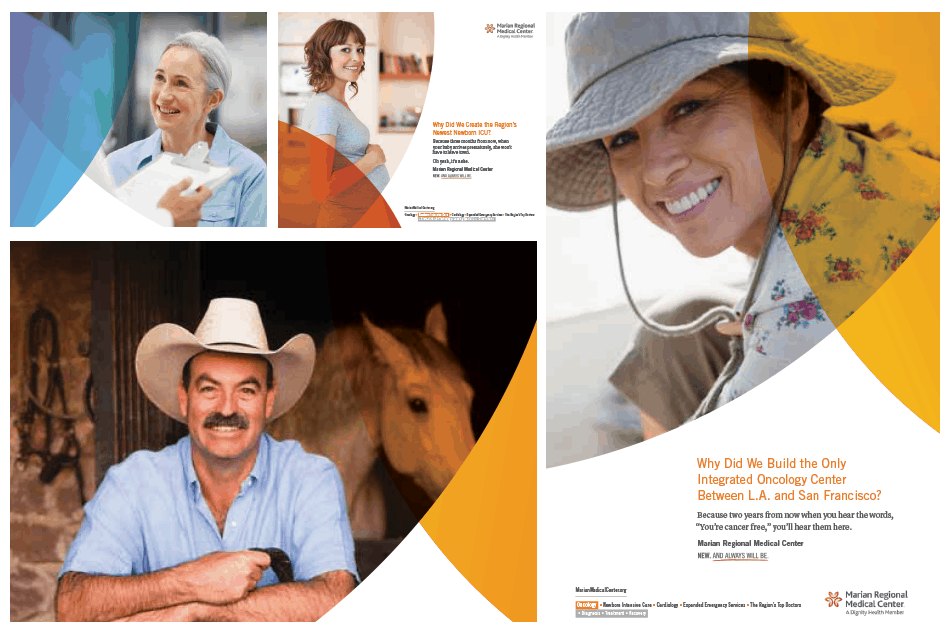Creating memorable in-person events is a challenge and an opportunity in a post-pandemic world buzzing with virtual options. Recently, we gathered for an insightful training session led by Val Nosler-Beck, founder of Upstream and the Steady Network. Her wealth of experience in event planning, particularly in the political realm, gave us valuable tips to elevate our events.
Here’s what we learned, along with my own journey in event planning and how these insights apply to SE2 and the broader marketing landscape.
It’s All About the Experience
The landscape of event planning has changed dramatically. As audiences have grown accustomed to attending events from the comfort of their homes, they now seek in-person experiences that offer genuine value for their time.
Gone are the days of generic galas and dull dinners. Instead, people crave vibrant gatherings that engage and excite.
Organizers must be creative in building for each event. There is no one way to reach out; it’s best to use multiple platforms to reach the desired event participants. Going beyond emails and event pages, it is important to leverage personal connections—direct messages, phone calls, and even involving the venues themselves in outreach. This personal touch not only boosts attendance but also fosters a sense of community before the event begins.
One key takeaway—which has always been important—is the need for meticulous planning. As soon as you know an event is on the horizon, start organizing. Avoid or minimize days of emergencies and bumps in the road by establishing the event team’s clear roles and responsibilities. This clarity leads to a smoother process and allows for effective collaboration. In addition to defining roles, it’s crucial to set internal deadlines and regular check-ins throughout the planning process. These checkpoints help you assess progress, decide which elements to move forward with, and identify what may need to be adjusted or cut. As the event day approaches, make time to meet with your team and conduct thorough checks on the status of tasks. This will catch any oversights. To improve the process and take advantage of learning opportunities, gather your team within a day to discuss what worked, what didn’t, and how to improve for next time, fuels growth and enhances future planning efforts.
Lessons from my Journey with Event Planning
I’m RJ Johnson, a content producer at SE2 with over six years of experience in event planning. My journey began in college and took a vibrant turn as I embraced drag, became my drag king persona, George Not-Strait, and began to produce shows. Alongside my partner, who is also a drag performer, we launched StageFluid, a monthly open-stage drag show, in March 2022.
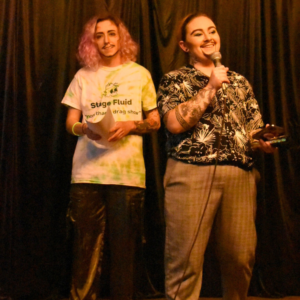
Myself and my co-producer Prince Zaddy
StageFluid began as a space for performers of all levels, inspired by the inclusive spirit of the “Rise of Kings” show that we both loved, which ended during COVID when the venue closed and the troupe producing it disbanded. Initially hosted at a smaller venue, we faced turnout and venue challenges. However, our event transformed into a beloved community gathering after moving to the Mercury Cafe in July 2023. We regularly pack the venue with 100 hundred attendees, fostering a lively atmosphere filled with creativity and talent.
StageFluid began as a space for performers of all levels, inspired by the inclusive spirit of the “Rise of Kings” show that we both loved, which ended during COVID when the venue closed and the troupe producing it disbanded. Initially hosted at a smaller venue, we faced turnout and venue challenges. However, our event transformed into a beloved community gathering after moving to the Mercury Cafe in July 2023. We regularly pack the venue with 100 hundred attendees, fostering a lively atmosphere filled with creativity and talent.
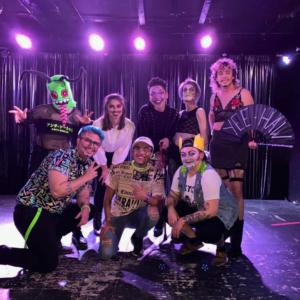
The very first cast we had at the original venue.
At StageFluid, we pride ourselves on creating an inclusive environment. There is no theme, allowing performers the freedom to express themselves in whatever way resonates with them. Performers can explore various roles—emcees, stagehands, DJs—gaining valuable experience that enhances their skills and confidence. We prioritize creating a safe space where everyone feels welcome, no matter their experience level.
We cater to two key audiences: performers and attendees. For our performers, we offer a welcoming space to express themselves freely, regardless of experience level. They can try new roles, explore creativity, and develop skills enhancing their drag careers. Many performers who have graced our stage have gone on to start their own shows, contributing to a thriving performer ecosystem.
Additionally, we foster collaboration within the drag community. We recommend other venues and events to our performers, creating a network that supports everyone involved. In turn, we also welcome other producers who invite us to participate in their shows, reinforcing a sense of unity and collaboration among creators.

A recent cast photo at the Merc
For our audience, we provide great entertainment and a chance to engage with and support the community. The more people who attend and have a fantastic experience, the more likely they are to return and invite others. This ripple effect cultivates interest in trying to drag and join the community.
Accessibility is paramount for us. We keep StageFluid free to attend, ensuring that anyone can enjoy the show without a cover fee. We heavily utilize Facebook for outreach, as we know that many drag performers and supporters are active on that platform. We actively engage with our community, inviting everyone to become a part of this celebration of creativity.
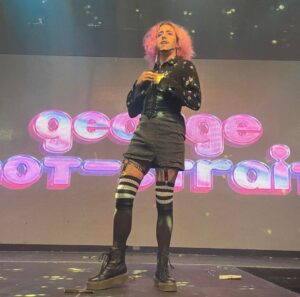
Pic of myself performing at Tracks Denver, the largest LGBT venue in the area
To promote our shows, we encourage our cast to invite friends and family and provide them with a toolkit of promotional materials to share across social media. I boost our event on Meta about $40 a month and share it in relevant groups to attract new attendees. Our approach to outreach emphasizes personal connections; I often send DMs or texts to invite people directly, making them feel valued.
Feedback is essential to our growth. At each show, we announce the next event, fostering anticipation. We listen to our community’s suggestions, ensuring that we evolve and meet their desires. This engagement cultivates a loyal audience eager to return month after month.
Our event has put into practice many of the practices Val brought up in her training; we just had to learn them the hard way. Some of our big takeaways have been that a venue can make or break an event, personal invites go way further than simply posting or sharing an event, and knowing your audience is critical to success. We have created a safe and fun experience for both our performers and our audience, which has led to tremendous interest and loyal attendees who come back month after month.
Transferring These Insights to Marketing and Communications Space
The lessons from event planning extend well beyond the logistics of execution—they’re about creating lasting impact and fostering genuine connection. Here are three key takeaways that can be applied to the marketing and communications space:
- Make It an Experience: People want something memorable, whether it’s an event or a marketing campaign. Beyond just delivering information—focus on creating an engaging experience that resonates with your audience and provides rdistinct value. Experiences stick with people and give them a reason to invest their time and attention.
- Know Your Audience and Invite Them Personally: Effective outreach starts with understanding your audience and tailoring your approach to meet them where they are. Personal connections make all the difference; whether direct messages, calls, or targeted outreach, inviting people individually makes them feel seen and valued. In marketing, this is how you create loyal customers who feel connected to your brand or mission.
- Always Reflect Post-Event: Consider what worked and what didn’t after every event or campaign. Immediate post-event or post-campaign analysis is critical for continuous improvement. Through these reflections, you can fine-tune your approach, ensuring future success and growth.
These principles—creating a memorable experience, fostering personal connections, and always reflecting— apply to all forms of engagement. In a crowded marketplace, making your interactions stand out, connecting with people personally, and constantly evolving is critical to building solid, lasting relationships that drive success.
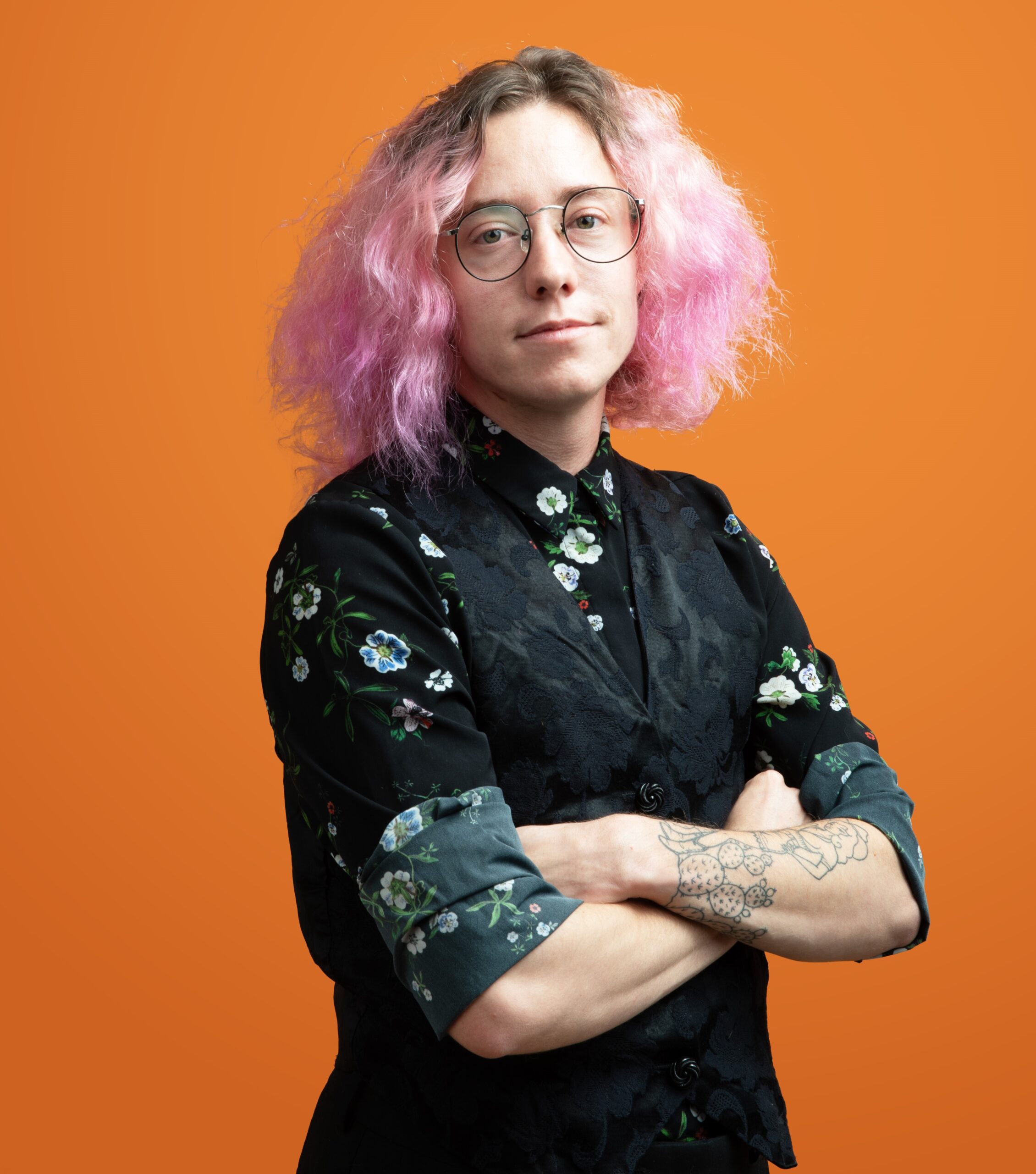
About the Author:
RJ Johnson (they/them) is a trans behavior change marketer. They create fun, engaging, and strategic content. With over six years of experience in marketing, communications, and content management, they have touched just about every aspect of the field. RJ is a lifelong learner with an M.B.A. from the University of Colorado, Denver, and a B.F.A. in Creative Writing from Stephens College. RJ is a content strategist at SE2, a behavior change marketing agency, previously worked in the health insurance sector, and is passionate about aiding in the fight for equal opportunities and advocacy. They approach everything from a lens of intersectionality and community.

